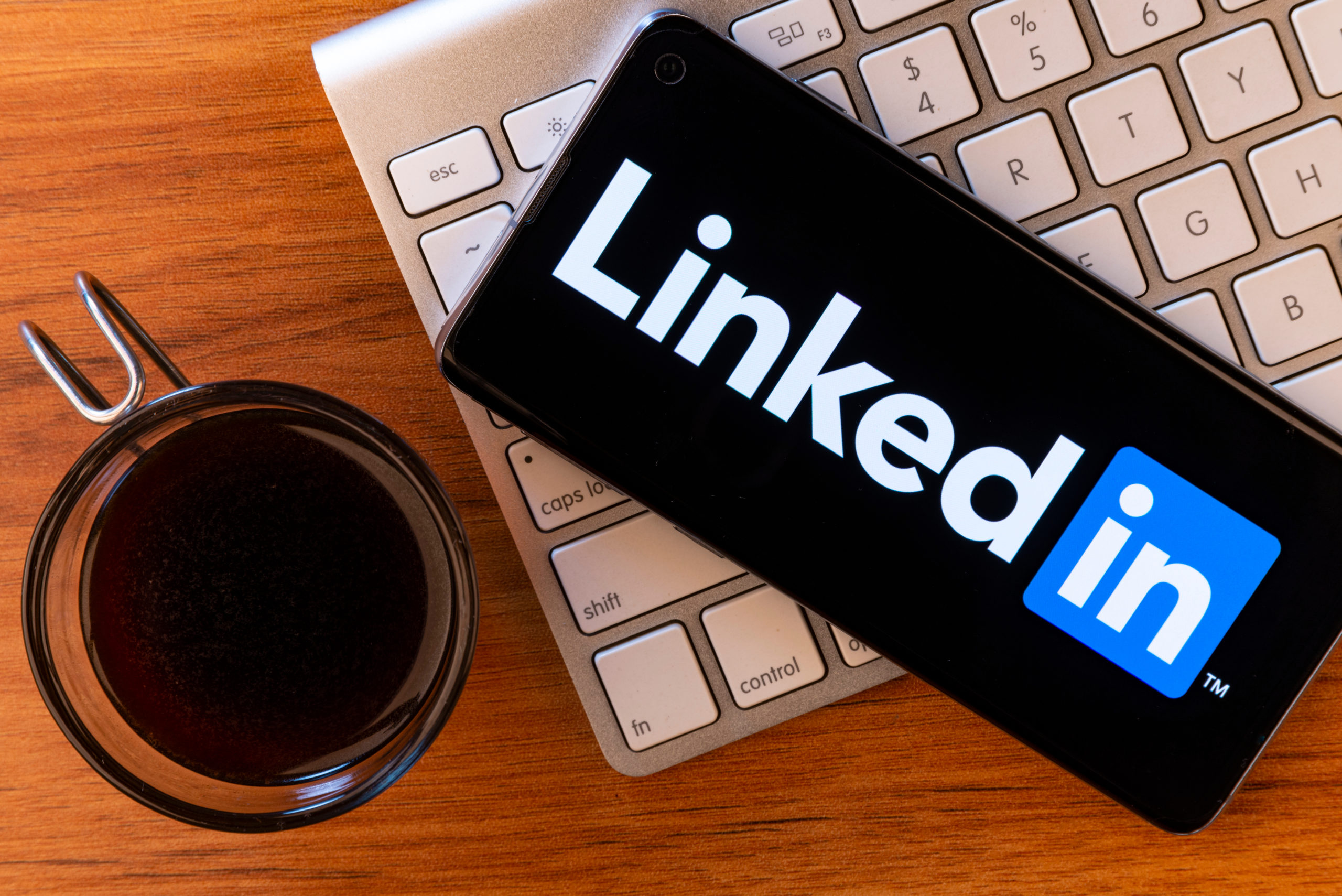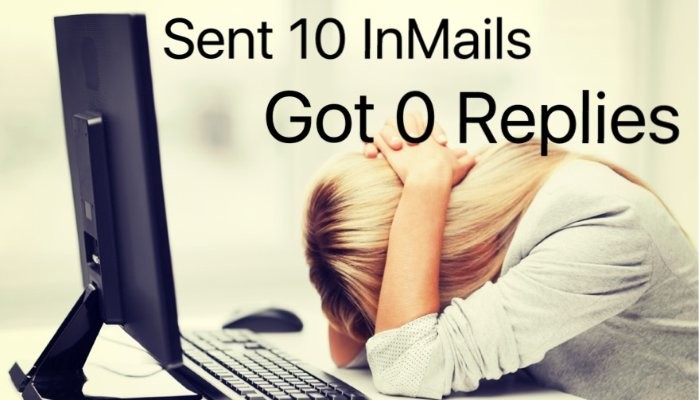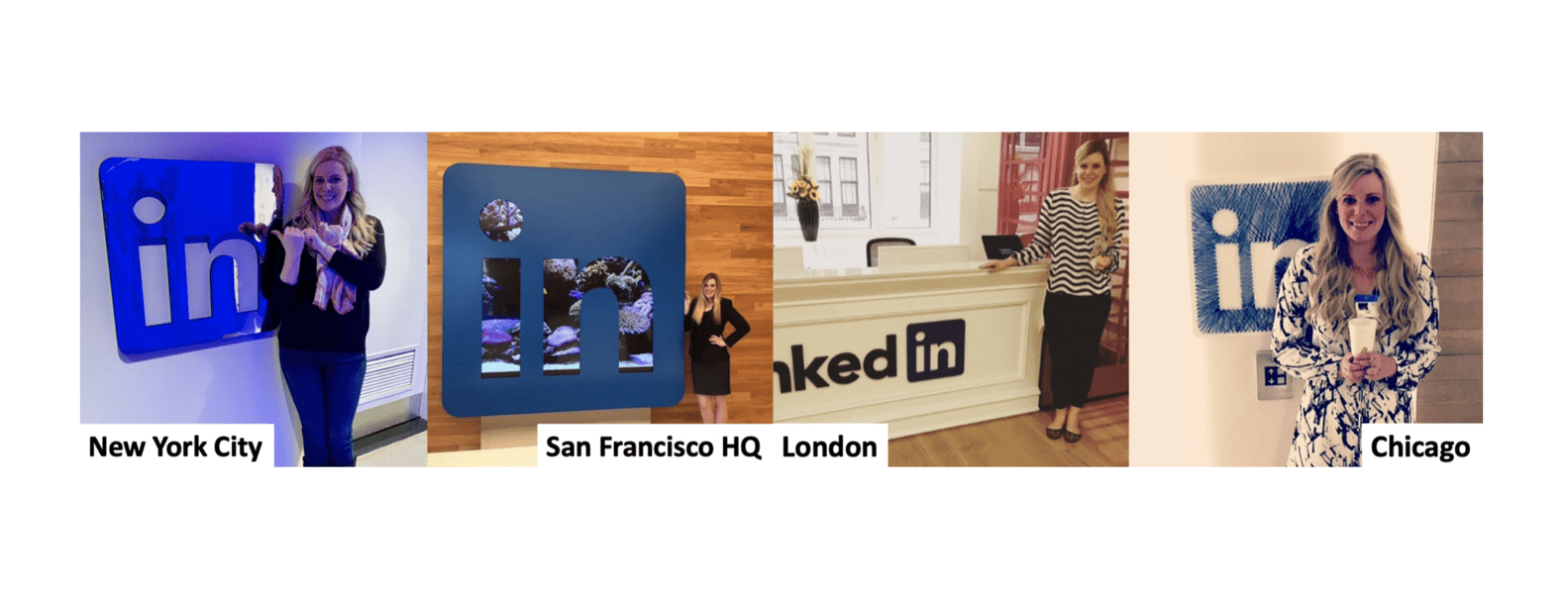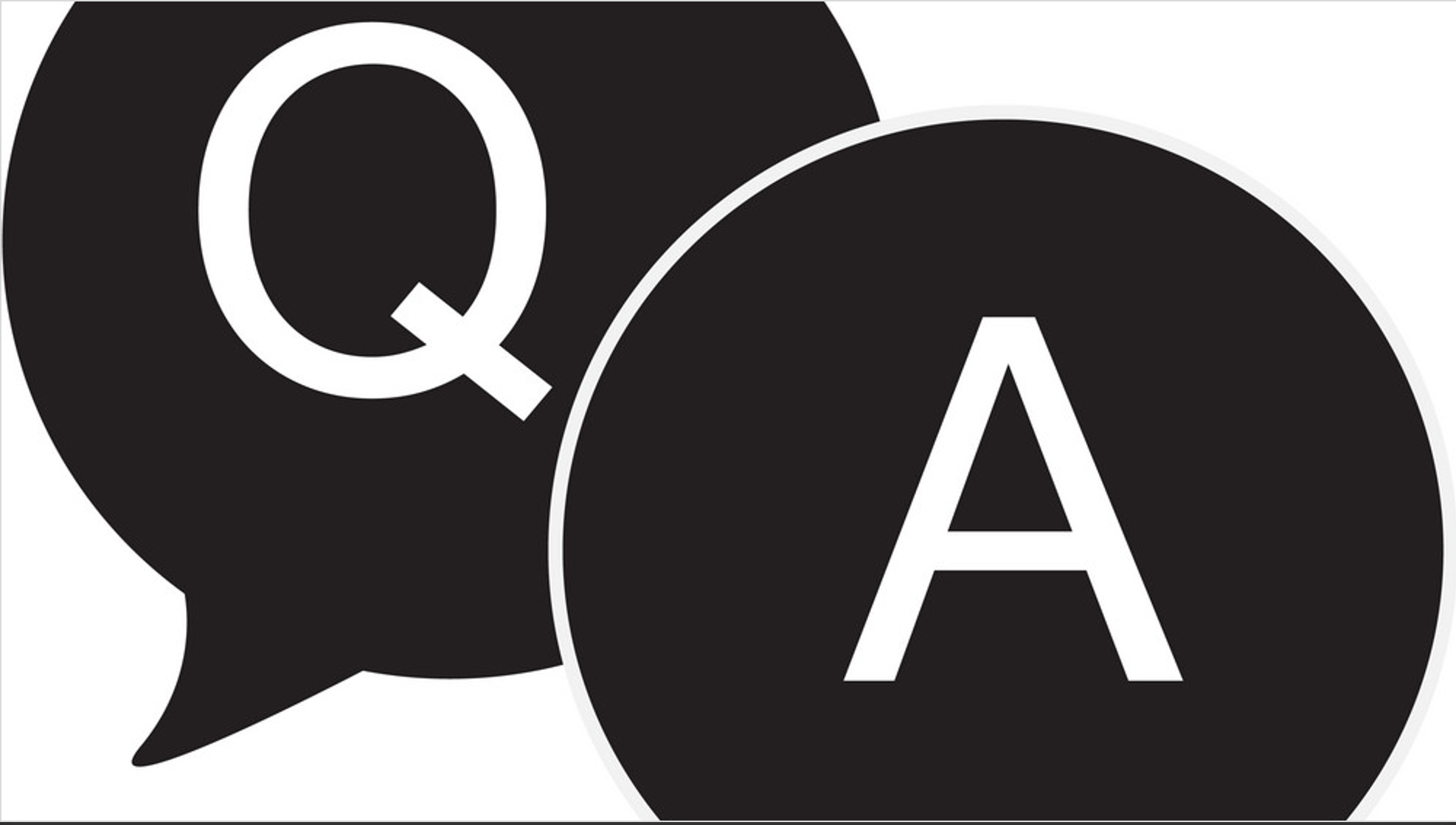[fusion_builder_container background_parallax=”none” enable_mobile=”no” parallax_speed=”0.3″ background_repeat=”no-repeat” background_position=”left top” video_aspect_ratio=”16:9″ video_mute=”yes” video_loop=”yes” fade=”no” border_size=”0px” padding_top=”20″ padding_bottom=”20″ hundred_percent=”no” equal_height_columns=”no” hide_on_mobile=”no”][fusion_builder_row][fusion_builder_column type=”1_1″ layout=”1_1″ spacing=”yes” center_content=”no” hover_type=”none” link=”” min_height=”” hide_on_mobile=”no” class=”” id=”” background_color=”” background_image=”” background_position=”left top” undefined=”” background_repeat=”no-repeat” border_size=”0″ border_color=”” border_style=”solid” border_position=”all” padding_top=”0px” padding_right=”10%” padding_bottom=”0px” padding_left=”10%” margin_top=”” margin_bottom=”” animation_type=”” animation_direction=”left” animation_speed=”0.1″ animation_offset=”” last=”no”][fusion_title title_type=”text” rotation_effect=”bounceIn” display_time=”1200″ highlight_effect=”circle” loop_animation=”off” highlight_width=”9″ highlight_top_margin=”0″ before_text=”” rotation_text=”” highlight_text=”” after_text=”” hide_on_mobile=”small-visibility,medium-visibility,large-visibility” class=”” id=”” content_align=”center” size=”1″ font_size=”” animated_font_size=”” fusion_font_family_title_font=”” fusion_font_subset_title_font=”” fusion_font_variant_title_font=”” line_height=”” letter_spacing=”” margin_top=”” margin_bottom=”” margin_top_mobile=”” margin_bottom_mobile=”” text_color=”” animated_text_color=”” highlight_color=”” style_type=”none” sep_color=”” animation_type=”” animation_direction=”left” animation_speed=”0.3″ animation_offset=””]
How I Get a 50% Return on InMails
[/fusion_title][fusion_imageframe lightbox=”no” style_type=”none” hover_type=”none” bordersize=”0px” borderradius=”0″ align=”center” linktarget=”_self” animation_type=”0″ animation_direction=”down” animation_speed=”0.1″ hide_on_mobile=”no”]  [/fusion_imageframe][fusion_separator style_type=”none” hide_on_mobile=”small-visibility,medium-visibility,large-visibility” class=”” id=”” sep_color=”” top_margin=”20px” bottom_margin=”” border_size=”” icon=”” icon_circle=”” icon_circle_color=”” width=”” alignment=”center” /][fusion_text columns=”” column_min_width=”” column_spacing=”” rule_style=”default” rule_size=”” rule_color=”” hide_on_mobile=”small-visibility,medium-visibility,large-visibility” class=”” id=”” animation_type=”” animation_direction=”left” animation_speed=”0.3″ animation_offset=””]
[/fusion_imageframe][fusion_separator style_type=”none” hide_on_mobile=”small-visibility,medium-visibility,large-visibility” class=”” id=”” sep_color=”” top_margin=”20px” bottom_margin=”” border_size=”” icon=”” icon_circle=”” icon_circle_color=”” width=”” alignment=”center” /][fusion_text columns=”” column_min_width=”” column_spacing=”” rule_style=”default” rule_size=”” rule_color=”” hide_on_mobile=”small-visibility,medium-visibility,large-visibility” class=”” id=”” animation_type=”” animation_direction=”left” animation_speed=”0.3″ animation_offset=””]
June 16, 2015
[/fusion_text][fusion_separator style_type=”none” top_margin=”50px” alignment=”center” /][fusion_imageframe image_id=”1297|large” max_width=”” style_type=”none” blur=”” stylecolor=”” hover_type=”liftup” bordersize=”0px” bordercolor=”” borderradius=”0″ align=”center” lightbox=”yes” gallery_id=”” lightbox_image=”” lightbox_image_id=”” alt=”” link=”” linktarget=”_self” hide_on_mobile=”no” class=”” id=”” animation_type=”” animation_direction=”down” animation_speed=”0.1″ animation_offset=”” filter_hue=”0″ filter_saturation=”100″ filter_brightness=”100″ filter_contrast=”100″ filter_invert=”0″ filter_sepia=”0″ filter_opacity=”100″ filter_blur=”0″ filter_hue_hover=”0″ filter_saturation_hover=”100″ filter_brightness_hover=”100″ filter_contrast_hover=”100″ filter_invert_hover=”0″ filter_sepia_hover=”0″ filter_opacity_hover=”100″ filter_blur_hover=”0″]https://lindseyboggs.com/wp-content/uploads/2016/05/shutterstock_1680108502-1024×683.jpg[/fusion_imageframe][fusion_separator style_type=”none” top_margin=”50px” alignment=”center” /][fusion_text columns=”” column_min_width=”” column_spacing=”” rule_style=”default” rule_size=”” rule_color=”” hide_on_mobile=”small-visibility,medium-visibility,large-visibility” class=”” id=”” animation_type=”” animation_direction=”left” animation_speed=”0.3″ animation_offset=””]
After doing multiple webinars for LinkedIn on this very topic, I thought I’d put it on ‘paper’ and share tips on successful best practices on how I achieve a 50% return on InMails. And no, in no way am I paid or sponsored by LinkedIn for this post.
First off, I have LinkedIn’s Sales Navigator. If you’re in sales and prospect (or want to start) on LinkedIn, this subscription is a must. It’s truly the best money I budget for myself and my team, hands down. 90% of my prospecting comes from LinkedIn; gone are the days of batching and blasting emails and smiling and dialing. Social selling through LinkedIn is the future, and encourage you to read my first publication on how LinkedIn sets me apart from others.
To put this into perspective, I have a great story that I share with my team often. A good friend of mine (who incidentally became friends with me after prospecting him for years!) works at a top Internet Retailer company where any sales rep would salivate to get the opportunity to meet with him. I asked him the following questions which, once again, reaffirmed and cemented my strategy on social selling and LinkedIn.
“How many emails do you get per day”? ~me
“About 150” ~him
“How about calls? A lot?” ~me
“I don’t know, I don’t answer my phone anymore, they all go to voicemail. If someone needs to reach me they have my cell” ~him
“What about LinkedIn? Do you get messages there?” ~me
“Yeah, but only about one per day” ~him
One per day.
Read that again.
Would you rather be the 1 in 150+ emails that he ends up marking as spam, or the 1 message in his inbox on LinkedIn?
I rest my case.
Onto the whole point of this post: how to achieve a 50% return on InMails.
Be Personal
- Think about it this way; most people on LinkedIn have their account synced with their personal email address. Don’t look at this as another way to batch and blast e/in-mails, it’s not effective. Treat this InMail as if you’re sending them a note to their personal email address.
- Find something you can relate to on their profile. College football, NFL, hobbies, interests, groups, and the most important: mutual connections. Using the phrase “mutual connections” will most definitely get attention.
- Be genuine. If you’re a huge fan or customer of their brand, tell them. If you saw them in an article recently and loved it, tell them that as well. People love to talk about themselves so research them – it’ll go a long way!
Keep It Short
- I think about it in terms of a ‘1-2 swiper’ on an iPhone. Take your thumb and move up an email 2 types. It should be no longer than that. Why? No one wants to read a thesis. No one has time for a thesis.
- Always start with something personal and build from there. After the personal intro, add your reason for reaching out and close with a call to action.
Be Creative
- Which subject line gets your attention? “Drive more revenue with XYZ company” or “Go Noles! Huge fan – mutual connections // connect?”
- Find a creative way to get a subject line that cannot be missed. I always make my subject lines personal. Always.
- I always prospect top down, meaning I start at the C-level and work my way down. If you’re trying to get to a director level, start at the C-level. The best thing a C-level executive will tell you is to get in touch with XYZ person – then, you’re gold and can use the “Referred by XYZ Executive” subject line. Slam dunk in getting an appointment 🙂
Be Persistent
- You know the ‘sent’ folder in your LinkedIn inbox? Use it. It’s there for a reason.
- Just because they didn’t respond in 3 days doesn’t mean that they won’t. My typical timeframe for reaching back out is 3-4 days. Go to your ‘sent’ folder, and message them again with a 1-liner to see if they’re interested in connecting.
- It typically takes 16-20 touches (email & phone) to get a response. With LinkedIn, I typically hear back after 3-6 touches. It works.
Be Professional
- Take the time to get a legit photo on your profile. No, you don’t have to go spend a ton of money getting professional head shots, but I do recommend you post a professional-looking photo. While your kids are cute, let’s leave that for Facebook. And while that photo of you at a wedding is also beautiful, let’s not crop out your spouse and use that as a photo. Have a friend take a photo of just you and use that. Please.
- Build out your profile. Your LinkedIn profile is essentially your brand. Fill in your summaries, get recommendations, add skills, and above all, talk about what your company offers all over your profile. When a prospect reads your InMails and view your profile, they’ll get a pretty clear picture on your offerings without having to spend a ton of time.
Follow Socially
- Sales Navigator makes it so easy to follow posts without even being connected to that person. ‘Like’ and ‘share’ as many posts as you can of your prospect; it shows that you’re genuinely interested in that person.
- Save accounts and leads on Sales Navigator. When there’s a job change at the company, Sales Navigator let’s me know without having to connect with anyone. It saves so much time and leaves more room for prospecting.
- While I’m not an avid user of Twitter, I’ve been able to accomplish some pretty amazing prospecting from following prospects. Try it.
- Post often on LinkedIn. Whether it’s a blog your company just wrote, or an inspirational quote, getting noticed in the feed will allow more prospects to see you, even if they aren’t connected with you.
In every 10 InMails I send, 5 people write back. Here are some fun stats (yes, I’m a data geek):
- In 2013, 84% of meetings I generated were from LinkedIn
- In 2014, 87% of meetings generated by my team and me were generated from LinkedIn
I hope this post has been helpful. I’m an open book and happy to answer any and all questions, either in the comments section below or an InMail 😉
Thanks for reading!
Lindsey
[/fusion_text][fusion_social_links show_custom=”no” /][/fusion_builder_column][/fusion_builder_row][/fusion_builder_container]



